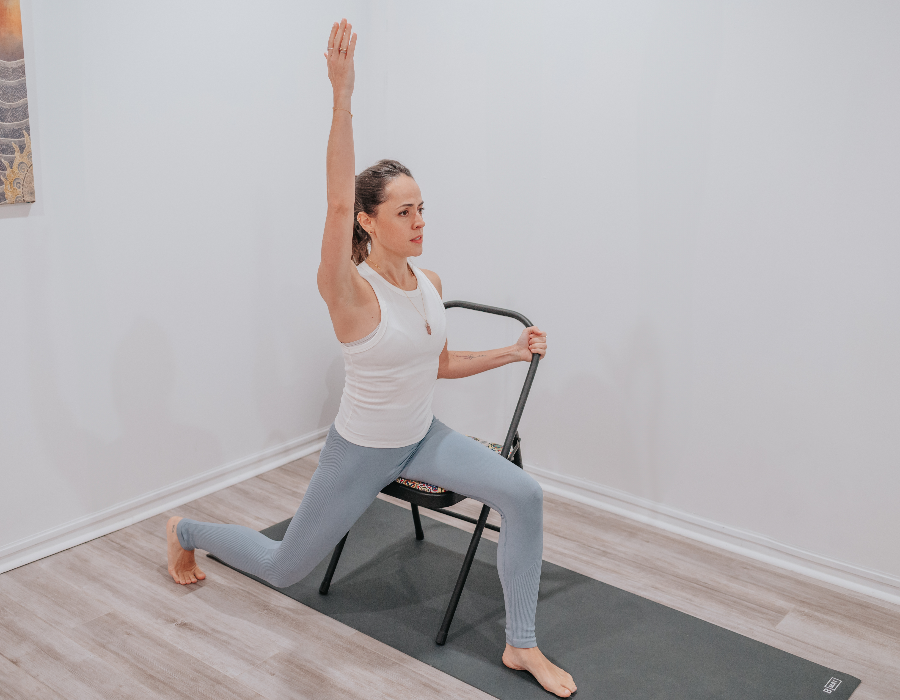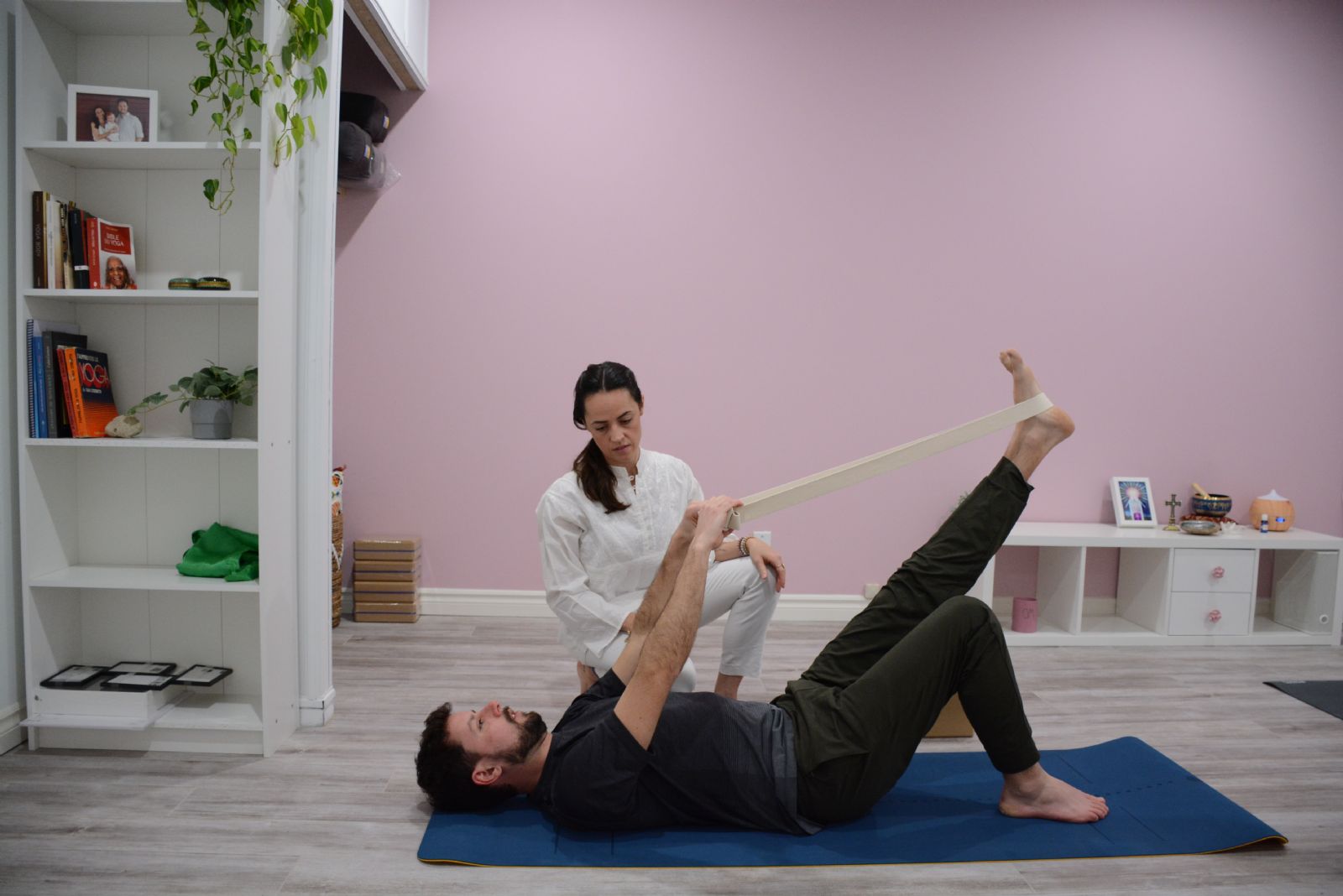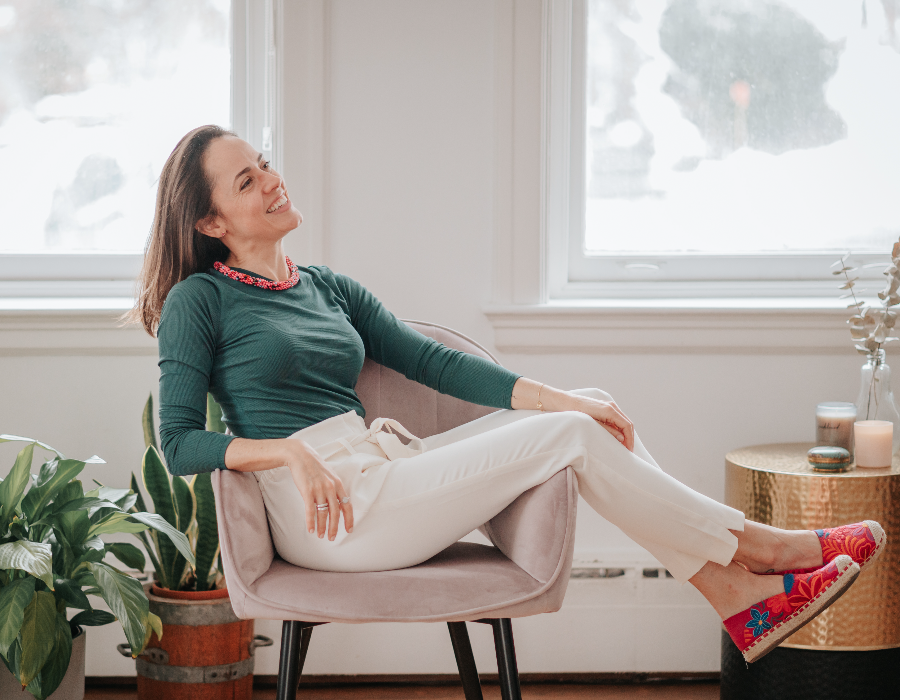Tips for a more accessible and welcoming Yoga class (ongles)
Are you a Yoga instructor looking to offer more accessible and welcoming classes?
The reflections on the post come from my own experience as a Yoga instructor and student. Studies and practices around accessibility and adaptability have broaden my understanding of a Yoga class can be beneficial to more folks.
Here you'll find 12 tips on how to offer a Yoga class that is inviting to more folks.
1) Avoid giving orders. Offer suggestions instead
An example could be: instead of saying "close your eyes", try "you can either close your eyes or keep a soft gaze, whichever you prefer".
2) Invite students to connect with their inner sensations.
Experiencing sensations is available to every human being, so by being in contact with them we feel much more alike.
An exemple could be: “notice the difference between the two sides of your body”
3) Always offer props and alternatives
Think before the class about how you can modify your sequence and incorporate props into it.
Practice on your own body and feel what it feels before cueing others!
4) Be mindful about adjustments
Hands-on adjustments can be dangerous because they:
- could be emotionally triggering
- could cause physical harm
- can give a student mixed messages
-
Alternatives:
💡 Get consent
💡 learn about your students
💡 Rethink the ideia that hands-on assists as a way to push students more deeply into a pose
💡 Pair touch with excellent cues, as an opportunity to educate the student
💡 only adjust if you’re sure about the benefits of your INTERVENTION
5) Take the time to explain about body alignment
Don’t imply that all students can put their body in a safe position.
Misalignment can be HARMFUL, so always keep a close look to your students and educate them around body alignment whenever possible.
6) Less is more
If you teach a diverse and big group, prioritize safety by keeping things simple
Exemple: back pain is #1 reason to go to a doctor, so rounding the back can be dangerous for some population (osteoporosis for instance)
7) Educate students around self-regulation
First and foremost one should be able to RECOGNIZE the inner state (interoception).
Yoga can help!
Yoga instructors can invite students to constantly check in, recognizing sensations, emotions, feelings and so on… “How does this feel?”, "What changes in terms of sensation if I do this or that?"
After understanding how we are, we’re able to use self-regulation tools (such as yoga) to bring us back to a balanced state
Option: Breathing
🔹 control the breath by deliberately slowing down the breath
or
🔹 counting the breath: 5 in and 10 out
8) Offering many variations of a pose does not necessarily mean accessibility
Because yoga became so body centered, people tend to think that the harder the better
So if a instructor offers DIFFERENT variations of a pose classifying them as
“the easiest”, “the hardest”, “the full pose”…..most students might choose the most CHALLENGING variation and possibly injury themselves
9) Subtle practices are powerful and accessible
The most powerful practices are the most accessible ones such as pranayamas (breathing), relaxation, meditation, yoga ethics.
Yoga is not only about bodies and poses, is about showing up as we really are!
10) Consider Safety in a broader sense
Safety is not only physical, but also emotional, phychological, social....
A specific pose or adjustment can be emotionally TRIGGERING for one student. A sound or smell can be triggering for another.
The yoga instructor should be aware of that!
11) Avoid trivializing deeper knowledge
Avoid using PROFOUND knowledge without explaining or providing education around it.
I see a lot of teacher requesting students to focus os a specific chakra for instance. If the majority of your students don’t have knowledge about the chakras, there’s no point on mentionning them in the first place. It's not ACCESSIBLE and we should avoid trivializing important knowledge or cultural practices.
12) As much as possible get to know your audience
The more the instructor knows the students, the better he/she can offer a practice that is:
🔹 Accessible
🔹 Safe
🔹 Effective
Those are just some of my ideas around accessibility in Yoga, but the opportunities to make your class even more welcoming are endeless. Trust your criativity and will to do good and you'll surelly be on the right path.
And always continue studying and getting inspirations from those teachers whose work resonate with you ;)
Love,
Carla






